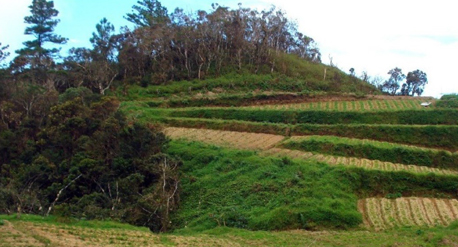VOLUME 7 NUMBER 1 (January to June 2014)

Philipp. Sci. Lett. 2014 7 (1) 37-44
available online: February 9, 2014
*Corresponding author
Email Address: arisreginaldo@yahoo.com
Received: September 9, 2013
Revised: January 9, 2014
Accepted: January 10, 2014
ARTICLE
Species richness and patterns of occurrence of small non-flying mammals of Mt. Sto Tomas, Luzon Island, Philippines
¹Department of Biology, College of Science, University of the Philippines Baguio,
2600 Baguio City Philippines
²Animal Biology Division, Institute of Biological Sciences, College of Arts and
Sciences, University of the Philippines Los Baños, College, Laguna 4031,
Philippines
A faunal study conducted across a disturbance gradient in Mt. Sto Tomas (1,980 to 2,200 meters above sea level), in southern Cordillera Luzon Island, Philippines, recorded nine species of small non-flying mammals. Six are endemic to the Philippines, four of which are only found in northern Luzon. Three species, including one shrew and two murids, are non-native species. This assemblage does not represent full diversity and is comparably lower than in other areas in the Cordillera; most of the species accounted for here represent the southernmost records for the Cordillera. The measure of abundance supports the general patterns of occurrence of native and non-native species as affected by varying degrees of habitat disturbance, wherein the native species are generally restricted and more common in intact forest habitats and the non-native species preferring disturbed to highly disturbed habitats. In addition, the results strongly support the hypothesis that some native species respond to different levels of disturbance differently from each other. There is also a strong indication that different responses are also exhibited by individual species of non-natives. It is recommended that studies should be conducted using a similar methodology that is employed here to verify the latter observation.
© 2025 SciEnggJ
Philippine-American Academy of Science and Engineering